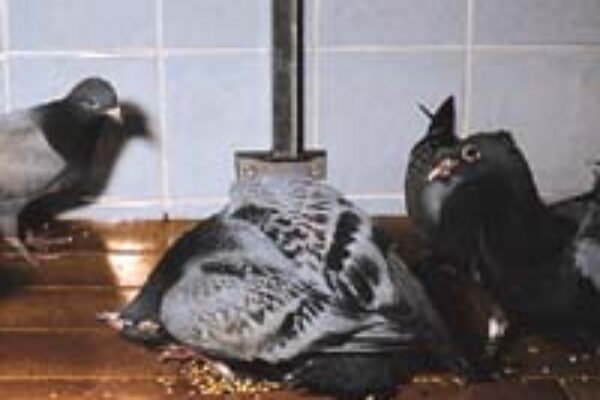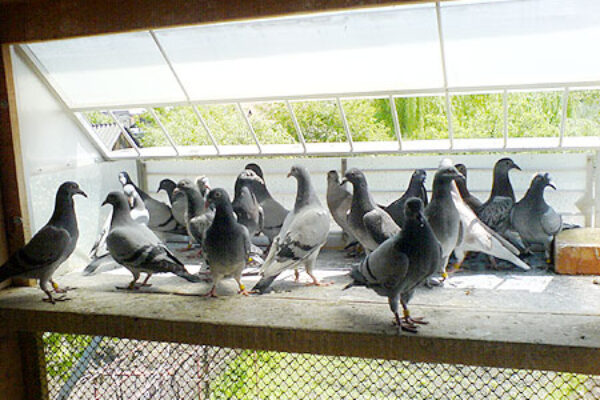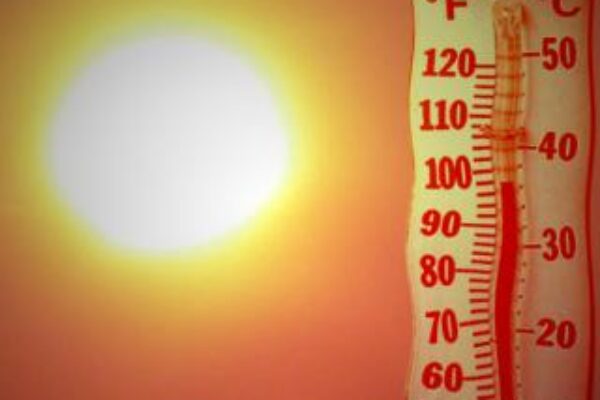Article provided by Bob Prisco
 Culling is a procedure that is easy for some, hard for others and impossible for many fanciers. Each fancier must identify the goals for his loft that he wishes to achieve before he knows which birds he needs to save and which he needs to eliminate or cull. Also, these goals will help him to decide what type of new blood he needs to introduce into the breeding program for improvement.
Culling is a procedure that is easy for some, hard for others and impossible for many fanciers. Each fancier must identify the goals for his loft that he wishes to achieve before he knows which birds he needs to save and which he needs to eliminate or cull. Also, these goals will help him to decide what type of new blood he needs to introduce into the breeding program for improvement.
I wrote this article for the performance minded fancier who is looking to improve the quality of his flyers and breeding stock each year, therefore becoming more competitive and consistent in both race results and the quality of young birds that he breeds.
Below are a few goals a fancier may select for himself and his birds. This is a small list, but may serve as a general idea of what he may want to achieve (goals) and improve upon each year.
- Competitive in young bird races and futurities only,
- Competitive in old bird races, 100-600 miles,
- Competitive in all average speed races, both old and young birds,
- To Specialize in short / sprint races or long distance races,
- To Fly only futurity races, both local and out of area;and
- To Start his own breeding station to sell birds for flying / breeding potential.
As you can see there are many choices and combinations of goals one can set for himself and his loft. If you are a serious fancier, you must identify and focus on your goals and select and cull accordingly.
To improve the quality of your flying / breeding loft requires an accurate record keeping system or program. This record keeping requires that you record the band numbers of all the offspring from each pair of breeders. Hopefully, you will have 4-6 young birds from each pair to evaluate each year. I use the phrase accurate record keeping, but if you are not breeding in individual breeding compartments, then you really do not have 100% knowledge of both parents. You can always guarantee the hen, but occasionally the cock maybe suspicious.
Regardless of how you set up your breeding loft, you must record band numbers as accurately as possible in your own situation. You will need to refer to these numbers occasionally for evaluation when you need to save or cull your birds.
BREEDING LOFT – Breed only from birds with performance backgrounds that meet your own goals that you have selected for you and your loft. They must be healthy and produce healthy young birds at the time of the year that you want to breed. Breed at least 4-6 birds from each pair. Give the pair 2 years to prove its breeding ability. In 2 years you should have 8-12 birds from each pair to evaluate.
WHAT DO WE LOOK FOR IN THE OFFSPRING? – Good health, there can be no sound foundation without it. If the young are not strong and healthy then look no further. CULL the pair and their children! Do the children train easily, loft fly freely and are easy to settle and manage? If the answer is no, you must take a long hard objective look at the parents. Can they help you to improve? If the answer is no, cull the pair. How many races have the young from each pair flown in 2 years, and what were the results in race competition? The birds must be able to race each week if necessary, and consistently be in the top 10% of the birds competing. If the 8-12 young raised from this pair have only flown a few races with no positive results in the last 2 years, then you know the answer, cull the pair. How many birds do you have left after 2 years? If you raised 8-12 from a pair and only have 1 or 2 left, with several being lost at a very early age and during training, then take a very good look at which are left and their results. Along with good health, breed from birds that have a good COMPASS OR HOMING INSTINCT AND NAVIGATION SKILLS. Without both health and homing instinct, you are wasting your time and money. Is it worth raising 8-12 young from a pair only to have 1-2 left after 2 years? I will let you answer that question for yourself, but I say cull the pair.
I have always felt that a fancier is at a distinct disadvantage if he has a large number of breeders and 100 plus young birds on the race team. WHY? The large number of breeders makes it difficult to raise 4-6 young from each pair and to evaluate them properly. Trying to train and race 100 plus birds is very difficult, and it is almost impossible to determine the true worth and quality of the birds. I recommend to single or double toss the birds when you train to evaluate their homing instinct and to teach them to think for themselves and break away from the flock. However, with a large number of birds, this would take all day, not to mention the difficulty of placing the birds in actual races or racing conditions to evaluate their abilities. Most clubs have a 15-20 bird shipping limit. With large numbers, you must consider the extra time, increased cost, overcrowding and health factors. Most times these extra birds prevent a fancier from finding out the true worth of his breeders and flyers, which to save and which to cull.
Take a good look at the top flyers and breeders in your club and combine. Most will not have a large number of birds, unless they also advertise and sell birds. It has been proven many times over, a fancier with a small team of quality stock, 30-40 young birds and 20-30 old birds, can fly very competitively in combines with 100-400 lofts against 1000-6000 birds each week.









Its the only way to keep the best in your loft culling and the basket.
Culling is problematic when the fancier has an associated bias. “I paid $500 for that bird!” “It once bred me a winner!”, etc. How to get around this bias? One of my dearest pigeon friends, the late Frank Greenhall of New York, used this approach. At the end of the season, Frank would basket all of his hens and cocks, put them in the basement of his home and wait for darkness to settle in. Then, and only then, he’d go to the basement, select birds by handling, keep the number he needed (12 cocks and 12 hens or whatever), and immediately cull the rest in the darkness without being able to SEE which bird was being culled. Hmmm, I always thought he was quite brave in that regard. Now before you get your dander up, Frank was the former AU president and former AU secy-treas. He was an accomplished pigeon breeder and handler. He’s been all over the world and handled many of the best pigeons in the world. Bottom line, Frank KNEW what he was about. His family of birds was well established and well tested. This was not a mish-mash of strains and crosses and the like. It was a family of beautiful birds. I’d suggest that you, too, have an established family BEFORE you try such a method. IF you are brave enough.
Excellent article as well as the discussion forum, it is what I am looking for. Thanks!
The culling of your birds is not an easy task to do as you always feel as if you need to give them one last chance, but mostly your right in culling.I have found in some cases its either all hens or cocks from certain pairs that don’t meet the grade, where as the other nest mate, be it cock or hen does.